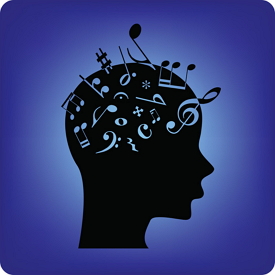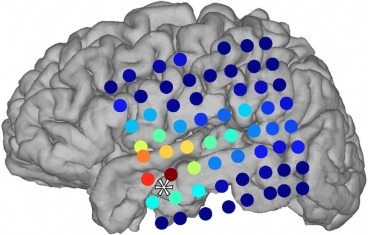Two to three percent of children in denmark meet the standards to be
diagnosed with ADHD, making it extremely important to understand how
ADHD drugs work. Now, University of Copenhagen researchers are gathering
new information about the impact of ADHD medicine by utilizing a new
mathematical reconstruction of a small part of a particular brain region
which processes reward and punishment, which always involves the
chemical dopamine.
Jakob Kisbye Dreyer, postdoctoral candidate at the Department of Neuroscience and Pharmacology, Faculty of Medical and Health Sciences, University of Copenhagen, said:
Human behavior is driven by unconscious assessment of the cost to gain ratio. The new findings demonstrate that ADHD drugs lessen the signals regarding expected consequence or punishment.
Dopamine, a chemical found in the brain, assists in several processes which alter human behaviors. Certain activities, such as having sex, taking narcotics, winning a competition, and eating, boost levels of dopamine being released. The researchers believe that dopamine plays a part in urging us to repeat behaviors that had, in the past, been linked to reward.
Dreyer explained:
"We can explain this double effect using our theory. The dopamine signal in the part of the brain that controls our motor behavior is only affected at a higher dose that the dose usually prescribed for treatment. Also, our model shows that the threshold between a clinically effective dose and too high a dose is very low. That may explain why the small individual differences between patients have a big impact on treatment," concluded Dreyer.
Jakob Kisbye Dreyer, postdoctoral candidate at the Department of Neuroscience and Pharmacology, Faculty of Medical and Health Sciences, University of Copenhagen, said:
"It had been discussed for years whether treating ADHD with Ritalin and similar drugs affects the reward system to any significant degree, simply because the dosage given to patients is so low. We are the first to show that some components of the dopamine signaling pathways are extremely sensitive to drugs like Ritalin. We have also developed a unified theory to describe the effect of such drugs on the dopamine signal."Dreyer stresses in the new study, which was published in the Journal of Neurophysiology, the significance of understanding what happens during treatments with ADHD medications, such as Ritalin, because knowledge helps to develop more advanced drugs, and also to comprehend the psychology behind ADHD.
Human behavior is driven by unconscious assessment of the cost to gain ratio. The new findings demonstrate that ADHD drugs lessen the signals regarding expected consequence or punishment.
Dopamine, a chemical found in the brain, assists in several processes which alter human behaviors. Certain activities, such as having sex, taking narcotics, winning a competition, and eating, boost levels of dopamine being released. The researchers believe that dopamine plays a part in urging us to repeat behaviors that had, in the past, been linked to reward.
Dreyer explained:
"Control mechanisms in the brain help keep the dopamine signal in balance so we can register the tiny deviations that signal reward and punishment. We discovered while trying to describe these control mechanisms that our model can be used to examine the influence of Ritalin, for example, on the signal. Suddenly we could see that different pathways of the reward system are affected to different degrees by the medicine, and we could calculate at what dosage different parts of the signal would be changed or destroyed."Ritalin and other ADHD medications have been seen to have inconsistent results, because high dosage increases activity and low dosage decreases it, often making it difficult to find the right dosage for each individual patient.
"We can explain this double effect using our theory. The dopamine signal in the part of the brain that controls our motor behavior is only affected at a higher dose that the dose usually prescribed for treatment. Also, our model shows that the threshold between a clinically effective dose and too high a dose is very low. That may explain why the small individual differences between patients have a big impact on treatment," concluded Dreyer.


 Washington:
Mutations in a single gene – that causes intellectual disability and
increases the risk of developing autism spectrum disorder - severely
disrupts the organization of developing brain circuits during early
childhood, a new study has revealed.
Washington:
Mutations in a single gene – that causes intellectual disability and
increases the risk of developing autism spectrum disorder - severely
disrupts the organization of developing brain circuits during early
childhood, a new study has revealed.
